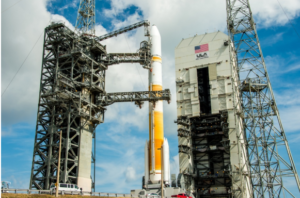
A recent report on the Pentagon’s plans for alternative space acquisition processes was sent to the Hill and then swiftly pulled back as a non-finalized version last week. However, the final version is expected to make its way back to Congress in the near future, per two sources close to the matter. Bloomberg Government first reported May 21 that the Defense Department had sent a long-awaited report on space acquisition alternatives to lawmakers that included nine proposals to ease the…

 By
By 











